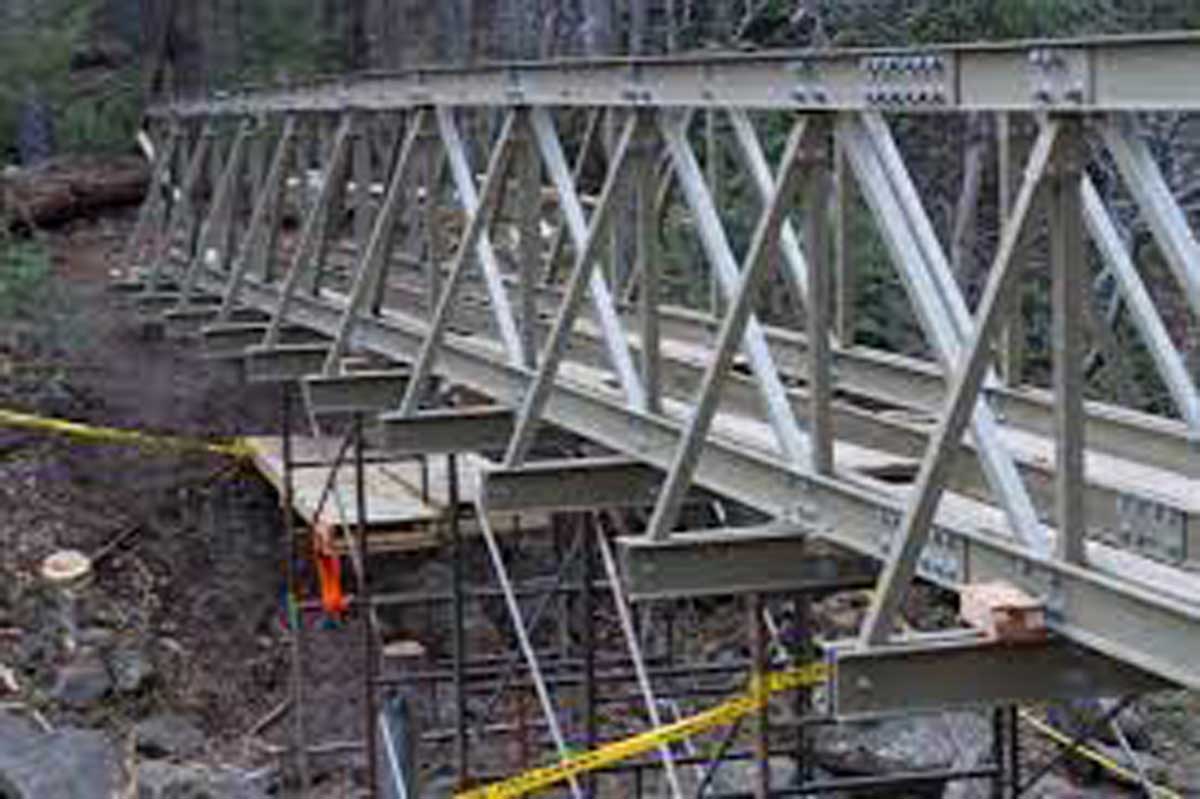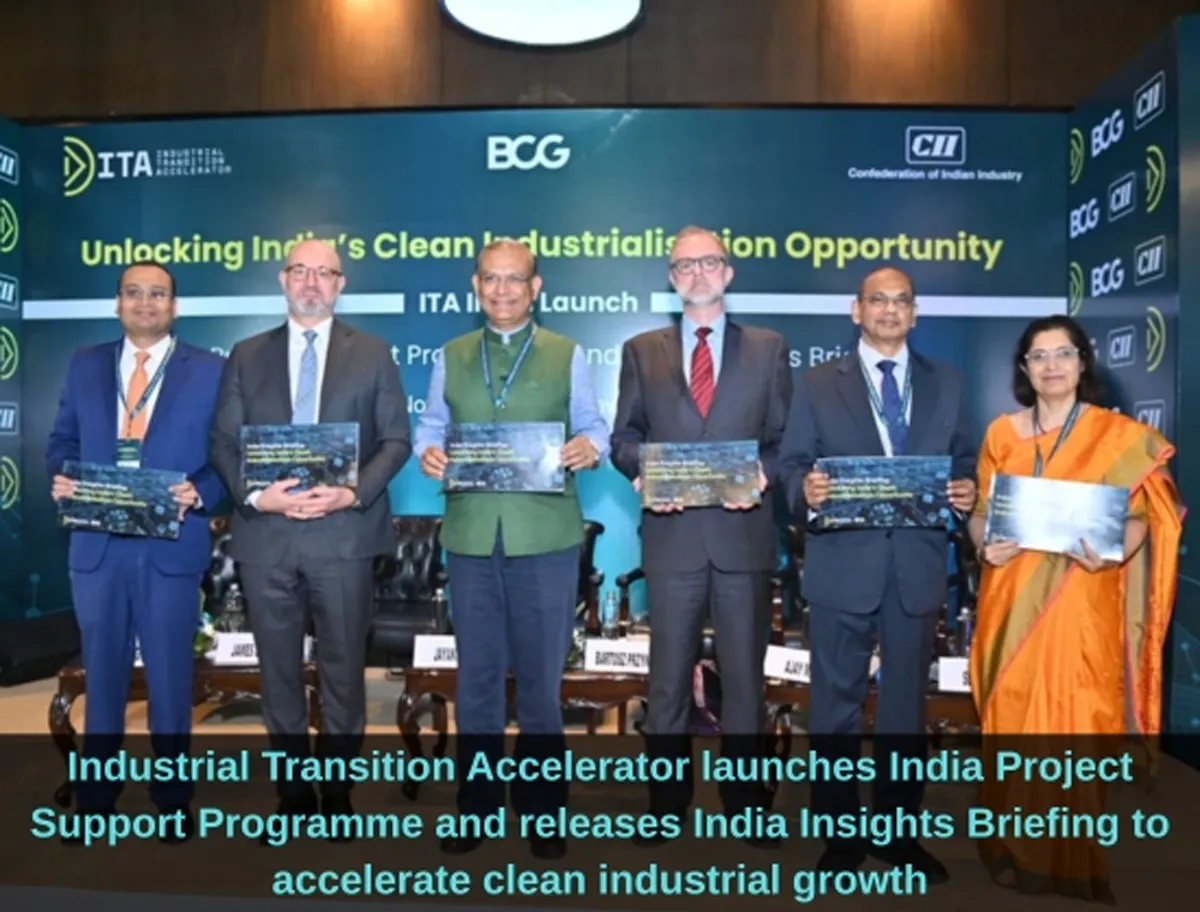

ITA launches India programme to boost clean industry projects
The Industrial Transition Accelerator (ITA) has launched its India Project Support Programme and released the India Insights Briefing: Unlocking India’s Clean Industrialisation Opportunity, developed with Boston Consulting Group (BCG). The initiative seeks to accelerate investment-ready decarbonisation projects and drive low-carbon growth across India’s key industrial sectors. A global multi-stakeholder initiative launched at COP28, the ITA’s new programme aims to fast-track flagship industrial projects in sectors such as chemicals, steel, cement, aluminium, aviation, and shipping, supp..

Karnataka Bank Posts Rs 3.19 Bn Net Profit in Q2 FY26, Up 9% QoQ
Karnataka Bank has reported a quarterly net profit of Rs 3.19 billion for the quarter ended September 2025, marking a 9.1 per cent QoQ increase compared to Rs 2.92 billion in Q1 FY26. The Board of Directors approved the financial results for the quarter and half year at its meeting held in Mangaluru.For the half year ended September 2025, the Bank recorded a net profit of Rs 6.11 billion, compared with Rs 7.36 billion reported during the same period last year.In Q2 FY26, the Bank’s Net Interest Income (NII) stood at Rs 7.28 billion. Asset quality improved further, with Gross NPA reducing to ..

IndiQube Delivers Strong Q2 with Rs 280 Million PAT
IndiQube Spaces, one of India’s leading tech-enabled workspace solutions providers, announced its financial results for the quarter and half year ended 30 September 2025, delivering strong growth across revenue, profitability, and operational metrics.Commenting on the performance, Rishi Das, Co-founder & CEO, IndiQube, said, “Our growth momentum continues to strengthen as we posted our highest-ever half-yearly revenue of Rs 6.68 billion in H1 FY26. With 96 per cent of this revenue being recurring and operating cash flows rising to Rs 1.51 billion, we have built a strong foundation for ..
















